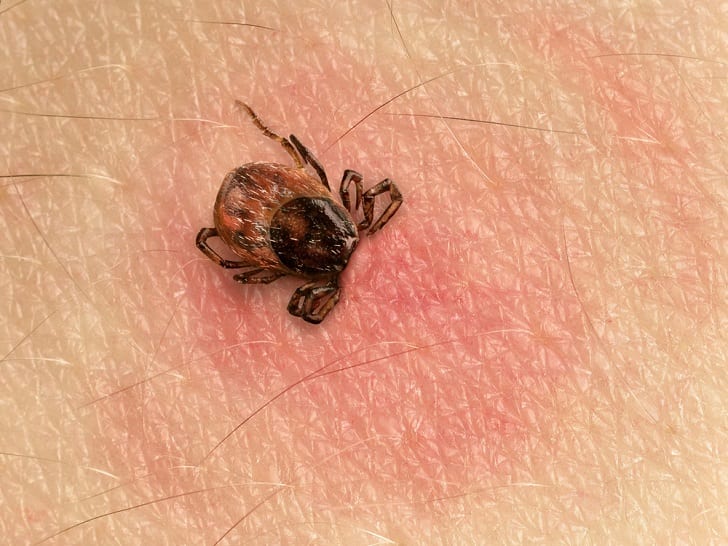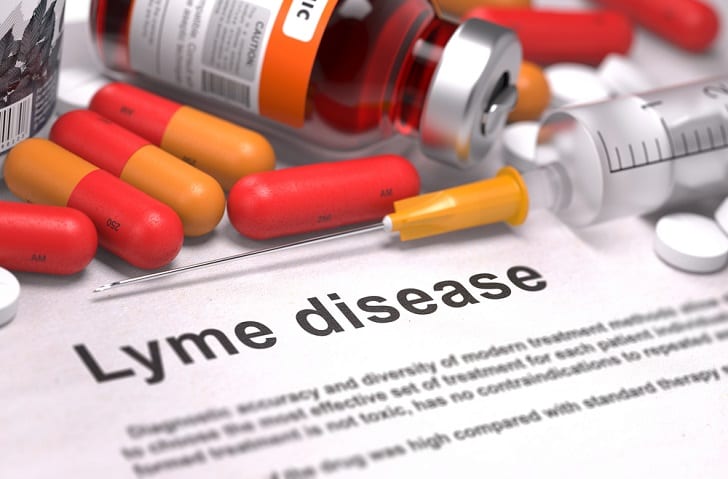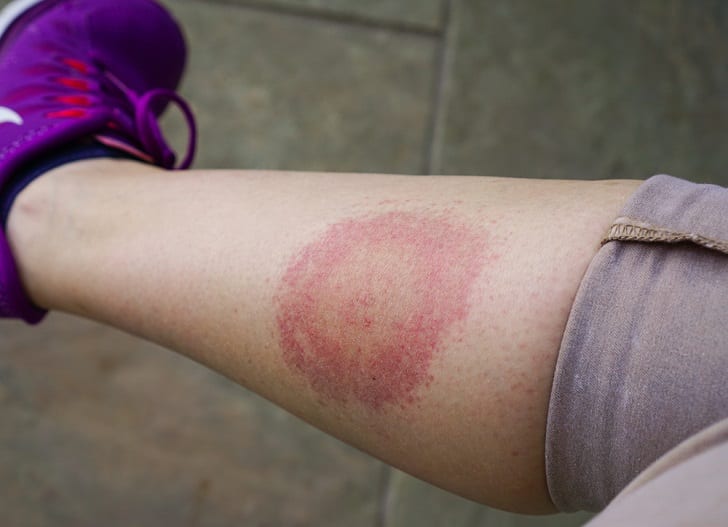Victoria’s Secret Angel Bella Hadid was forced to shelf her dream of becoming a professional equestrian after suffering from symptoms of Lyme disease. But there’s another type of illness from the same tick bite which is more serious and life-threatening. but what is it and how do you know if you have it?
Lyme Disease
According to the Centers for Disease Control and Prevention, Lyme disease is caused by Borrelia burgdorferi and humans can catch it if an infected tick, mosquito, or flea bites them. These insects can attach to any part of your body but they usually target hidden areas, like armpits and scalp.

In order for the infected tick to transmit the bacterium to a human’s bloodstream, it must be attached to the body of the host for 36 hours. From the bloodstream, the bacterium penetrates into the tissues. While this is generally treatable through antibiotics, some people may find that other symptoms tend to linger on and affect their daily lives.
If symptoms persist for at least six months, then you might be suffering from Chronic Lyme disease, also called post-treatment Lyme disease syndrome. What’s worrisome is that some people may not recover from it at all, Dr. Elizabeth Maloney explained.
Diagnosis and Treatment
Tests for residual post-treatment infection tend to be challenging because traces of the bacteria quickly disappear in the bloodstream, Dr. Monica Embers explained.

This has been debated in years because doctors and scientists are divided over what really causes the symptoms to linger, whether it is because of an overactive immune system or an infection. As such, patients tend to feel frustrated that even the experts are at odds over this matter.
The sad news is antibiotics are unlikely to be effective. Plus, extended use of antibiotics can be harmful to the body as it can prompt antibiotic resistance.
How to Know if You Have Chronic Lyme Disease
Unfortunately, PTLDS’ symptoms vary, making it hard for medical practitioners to diagnose patients. As per the CDC, those suffering from this may experience depression, irritability, impaired memory, disrupted sleep, and lower back pain.

Patients with untreated Lyme disease, meanwhile, will notice an irregular heartbeat, facial palsy, nerve pain, dizziness, bull-eye rash, and shortness of breath. What makes the boundary between PTLDS and Lyme disease are the shared symptoms of muscle pain, stinging, numbness, headaches, neck pain, fatigue, and joint pain.
Is PTLDS Common?
After undergoing treatment for Lyme disease, around 10 to 20 percent of patients still experience lasting symptoms. In 2016 alone, there were an estimated 70,000 Americans suffering from PTLDS, although many people believe that the number could be more.




